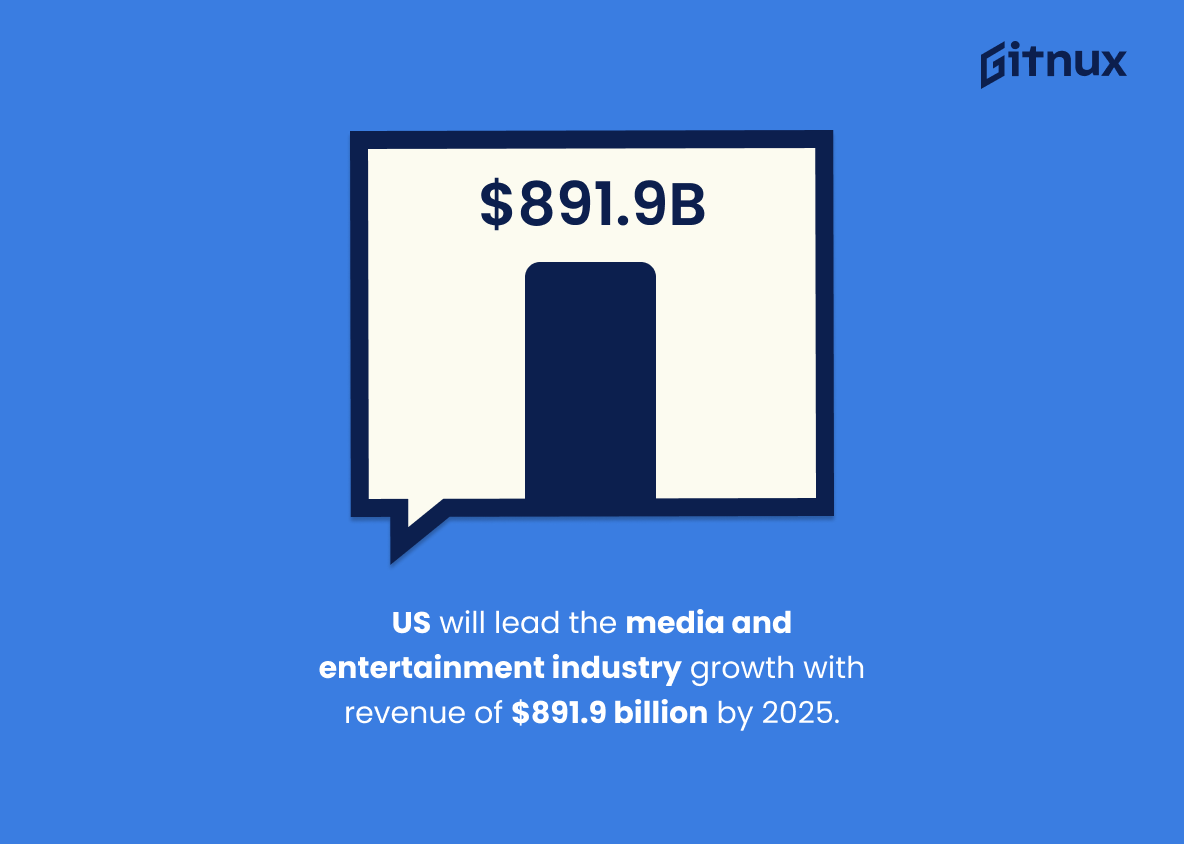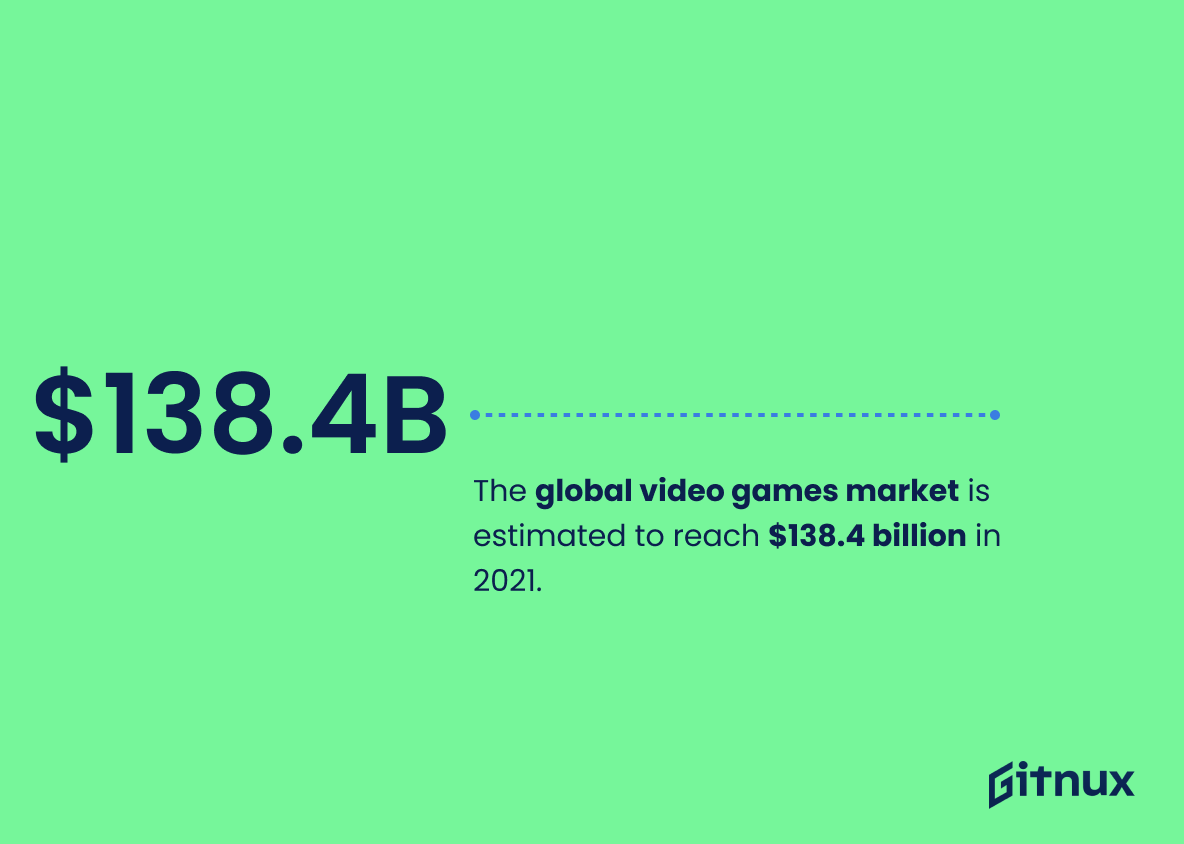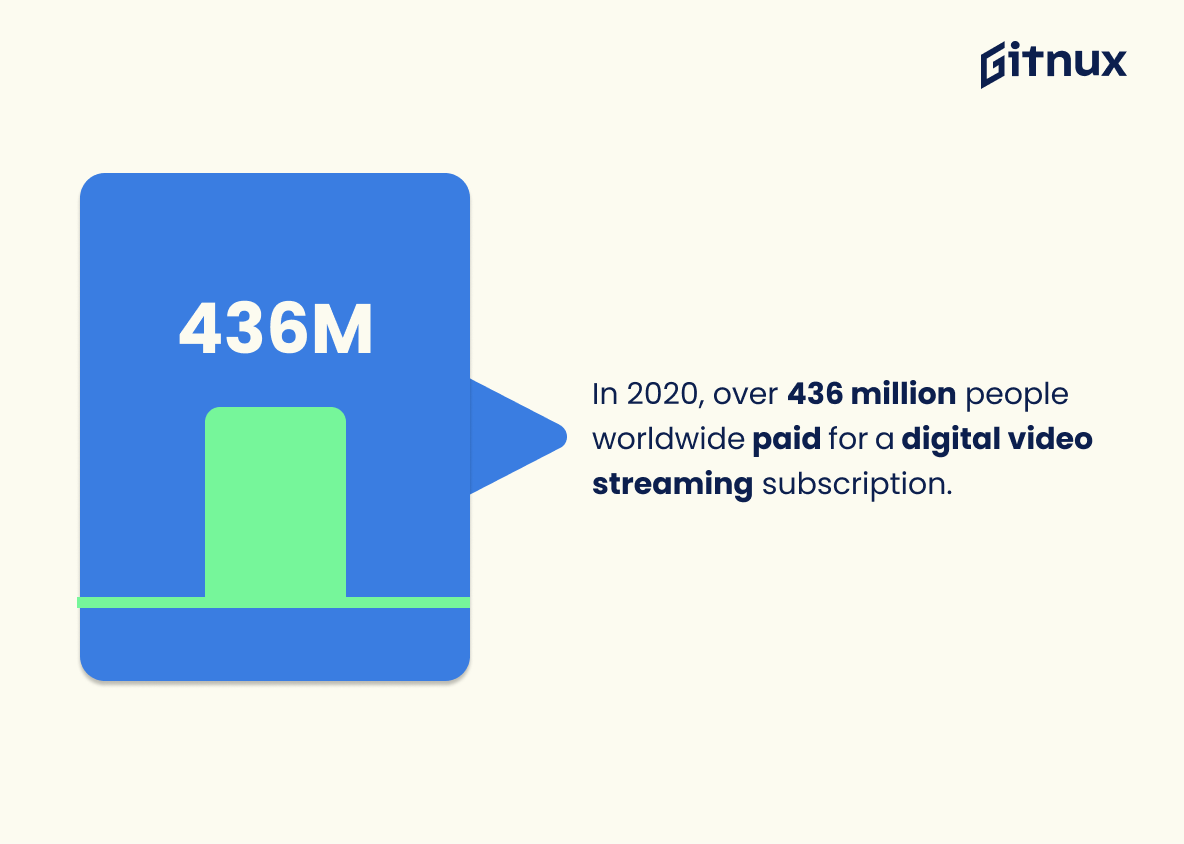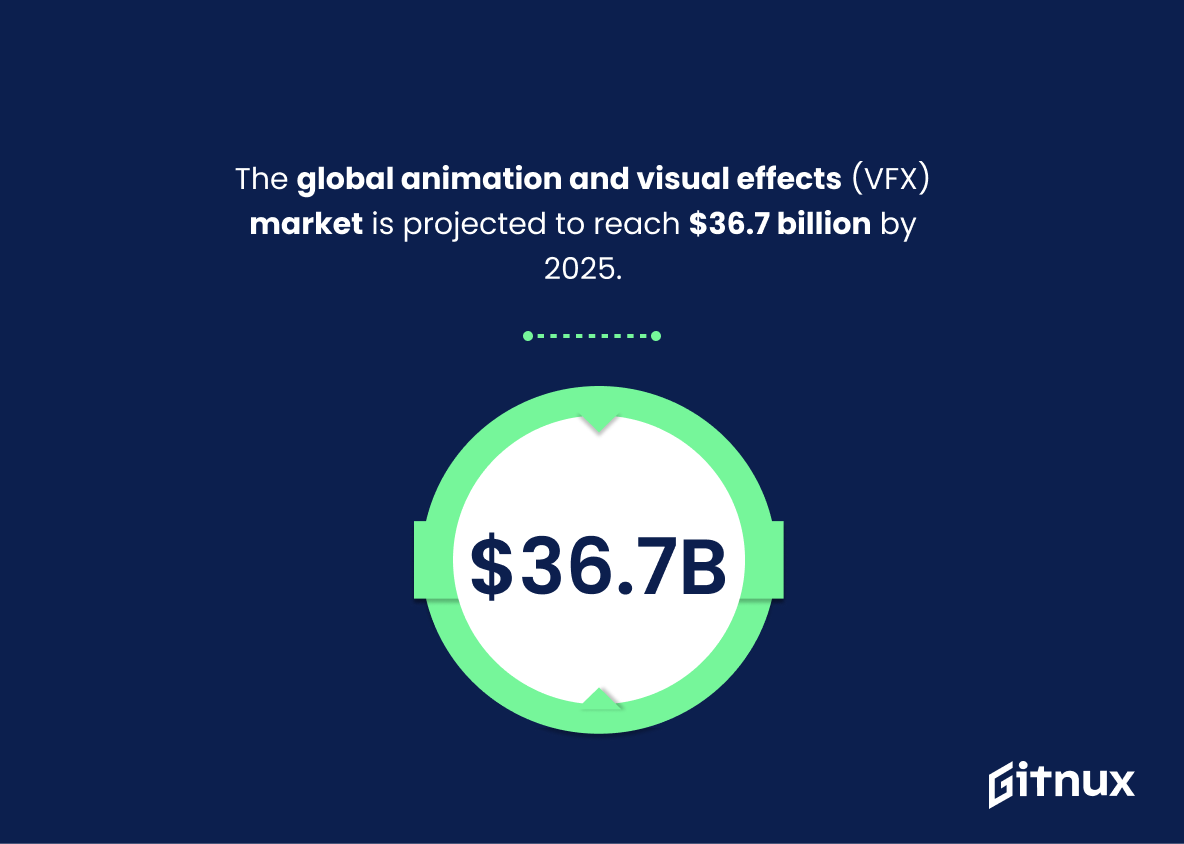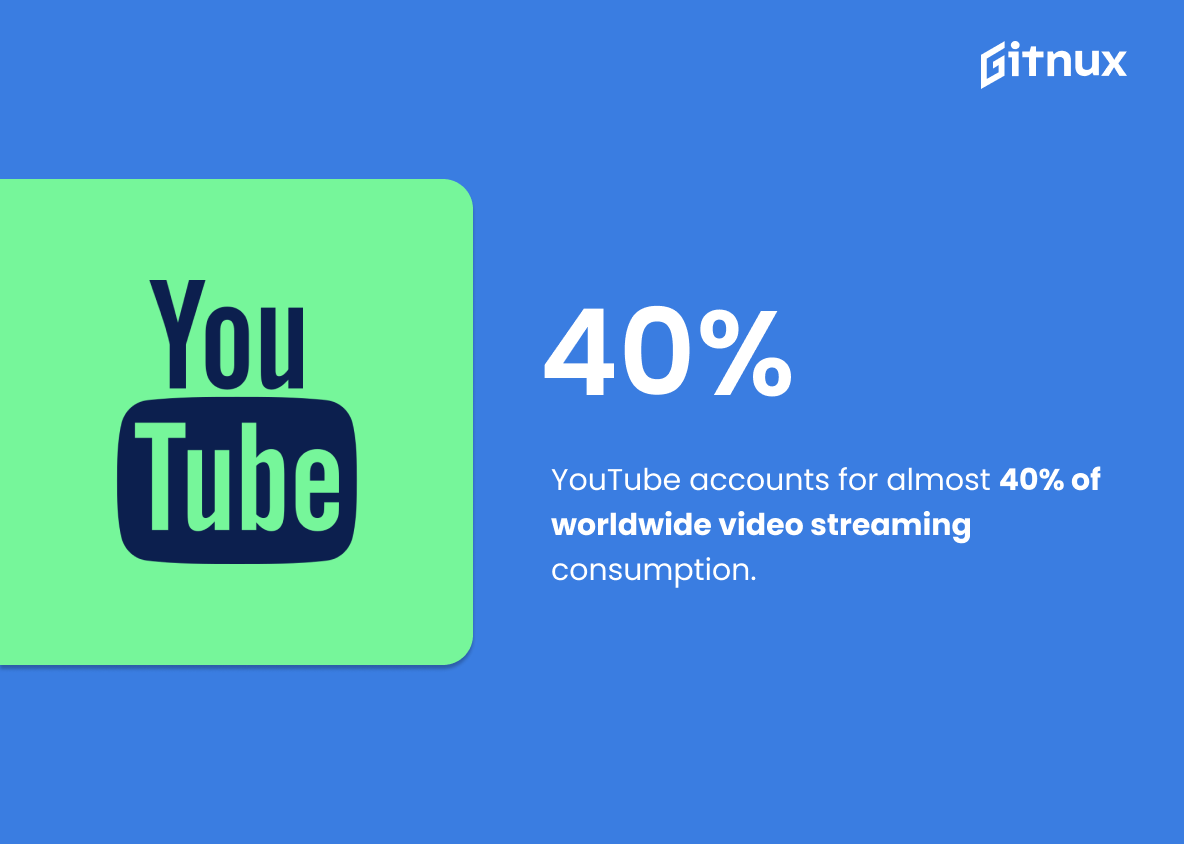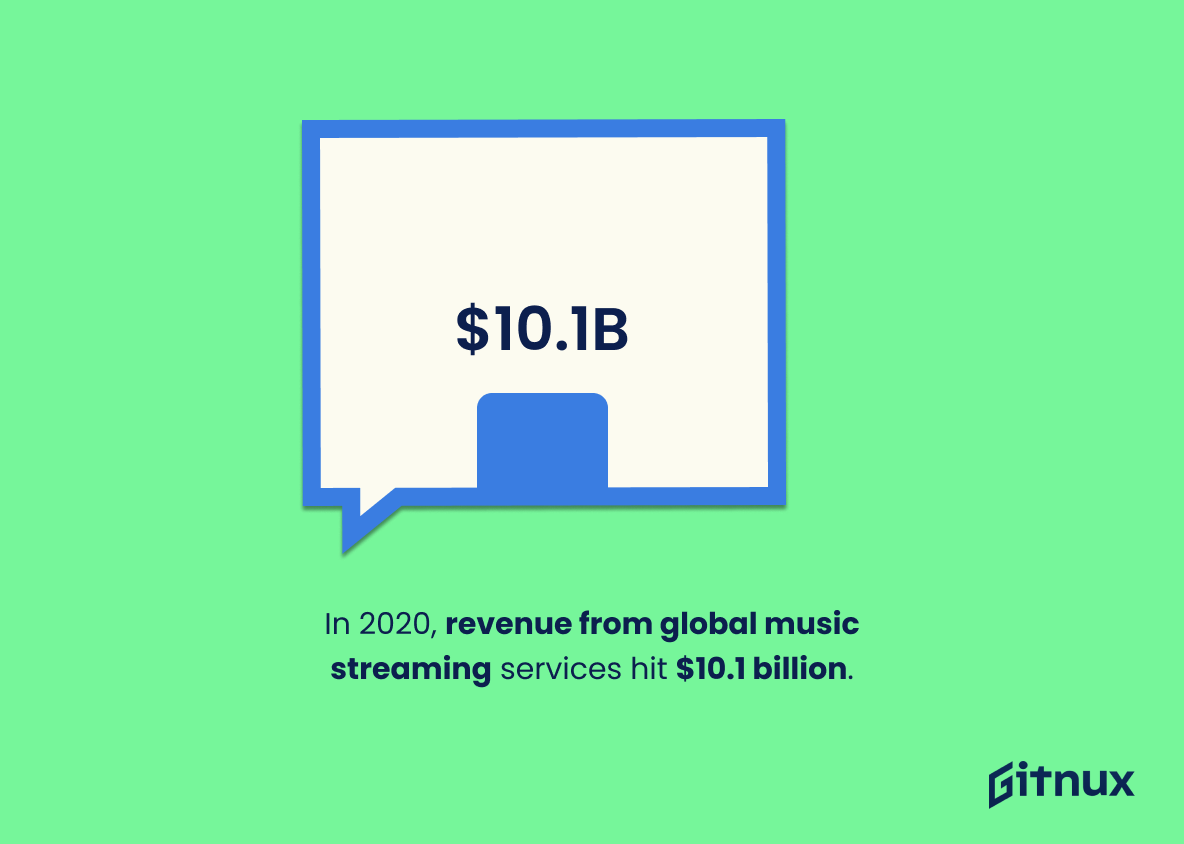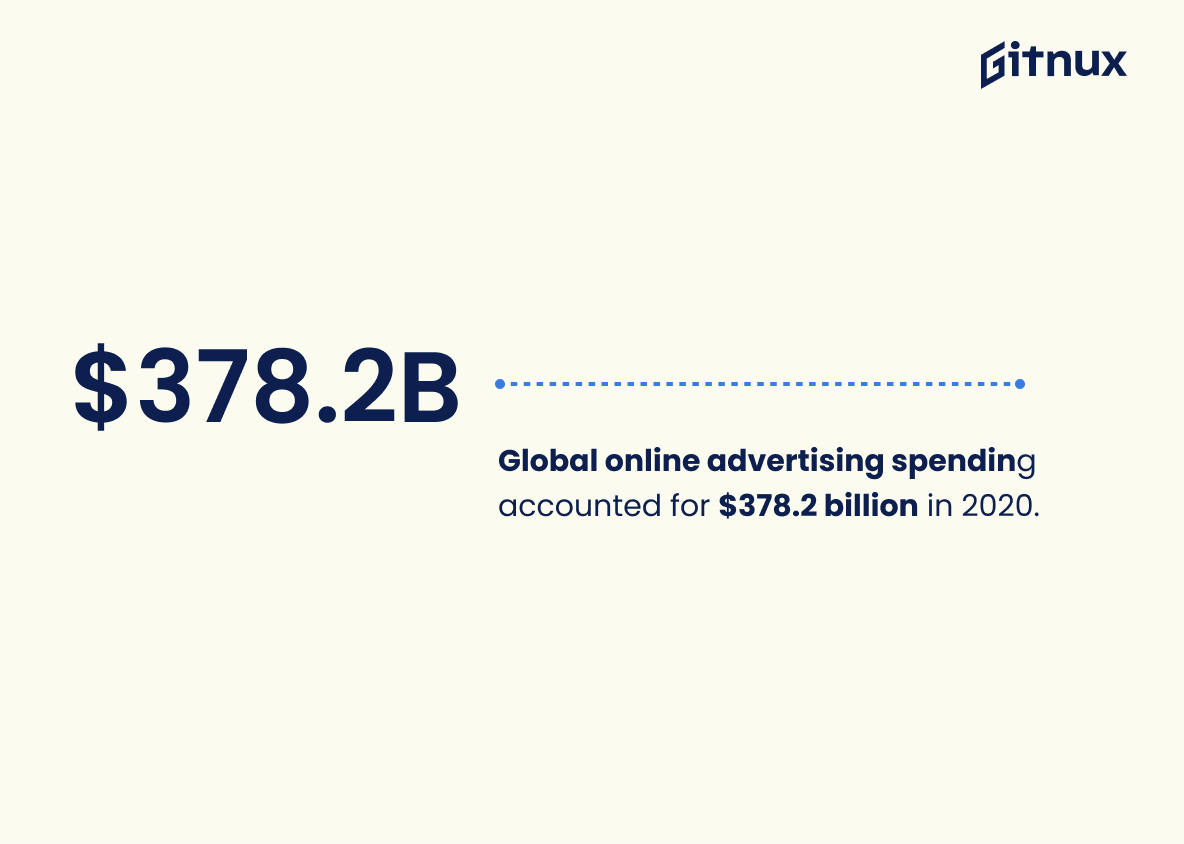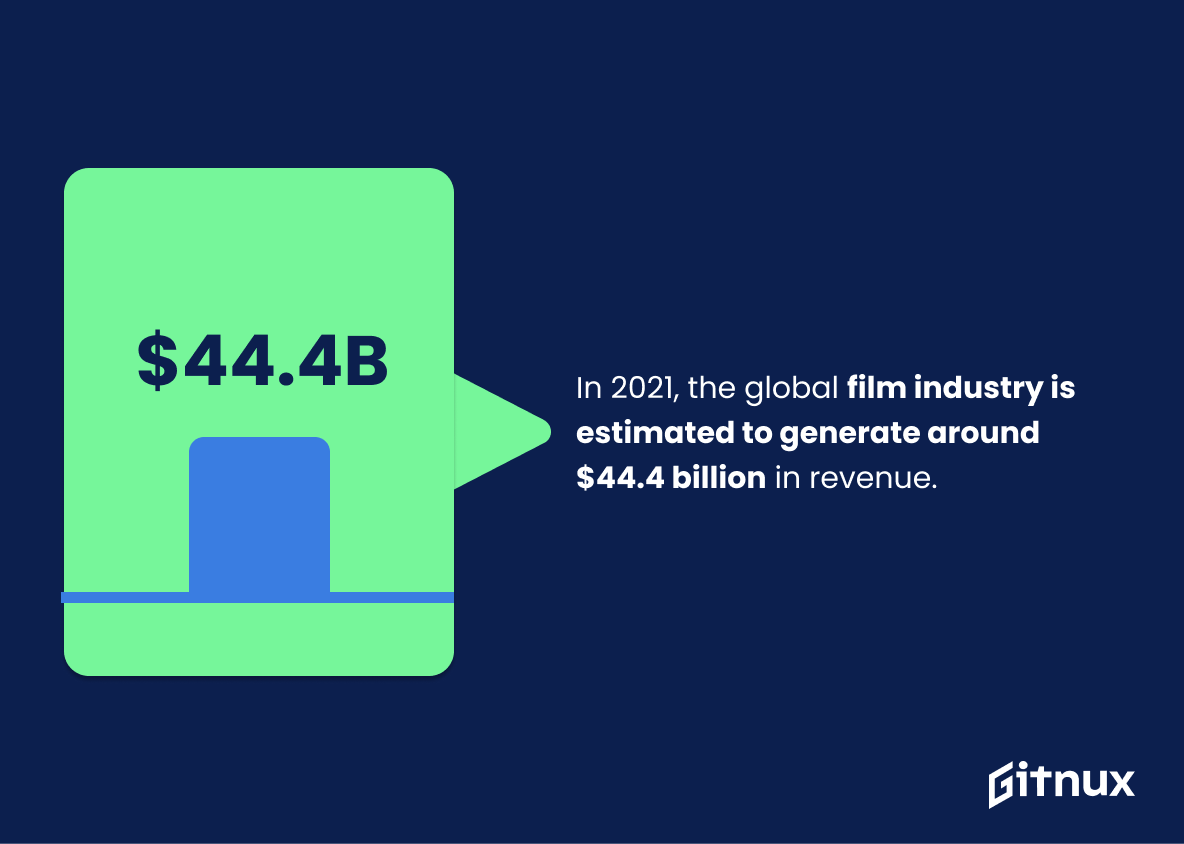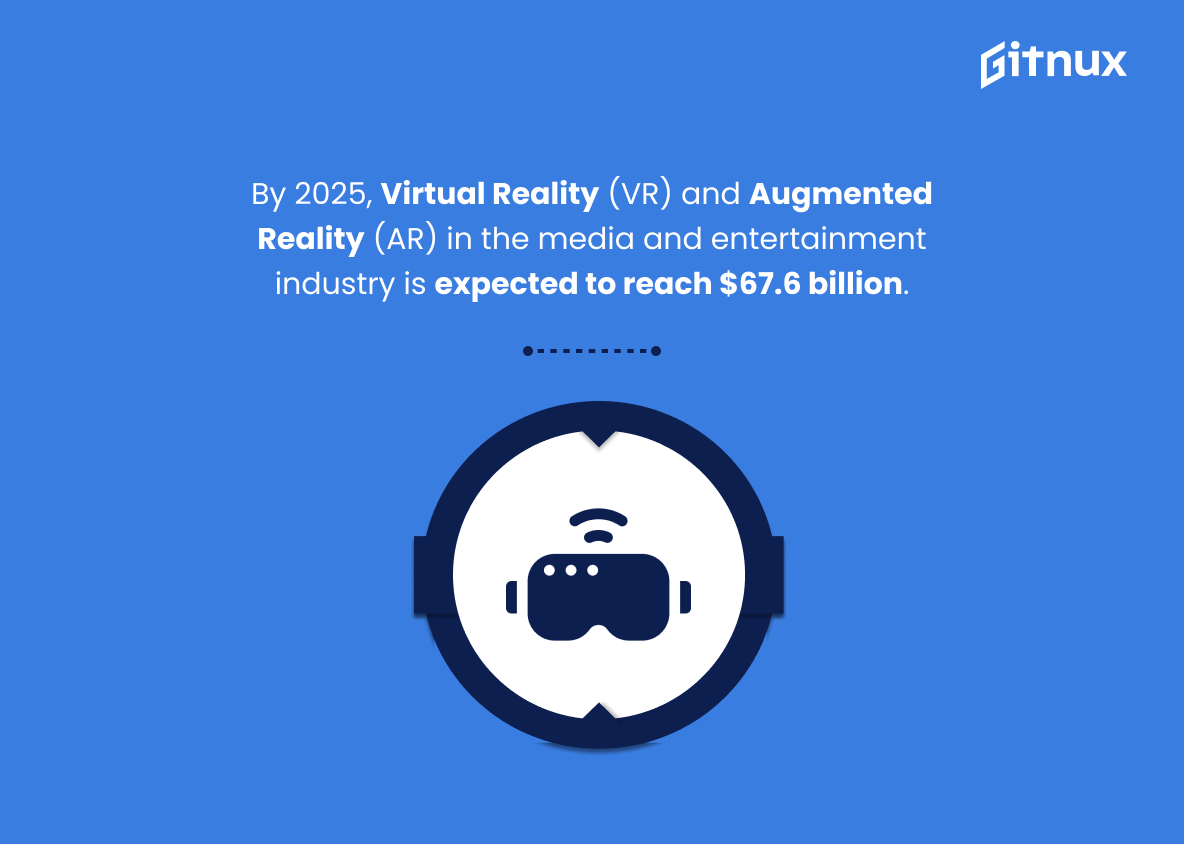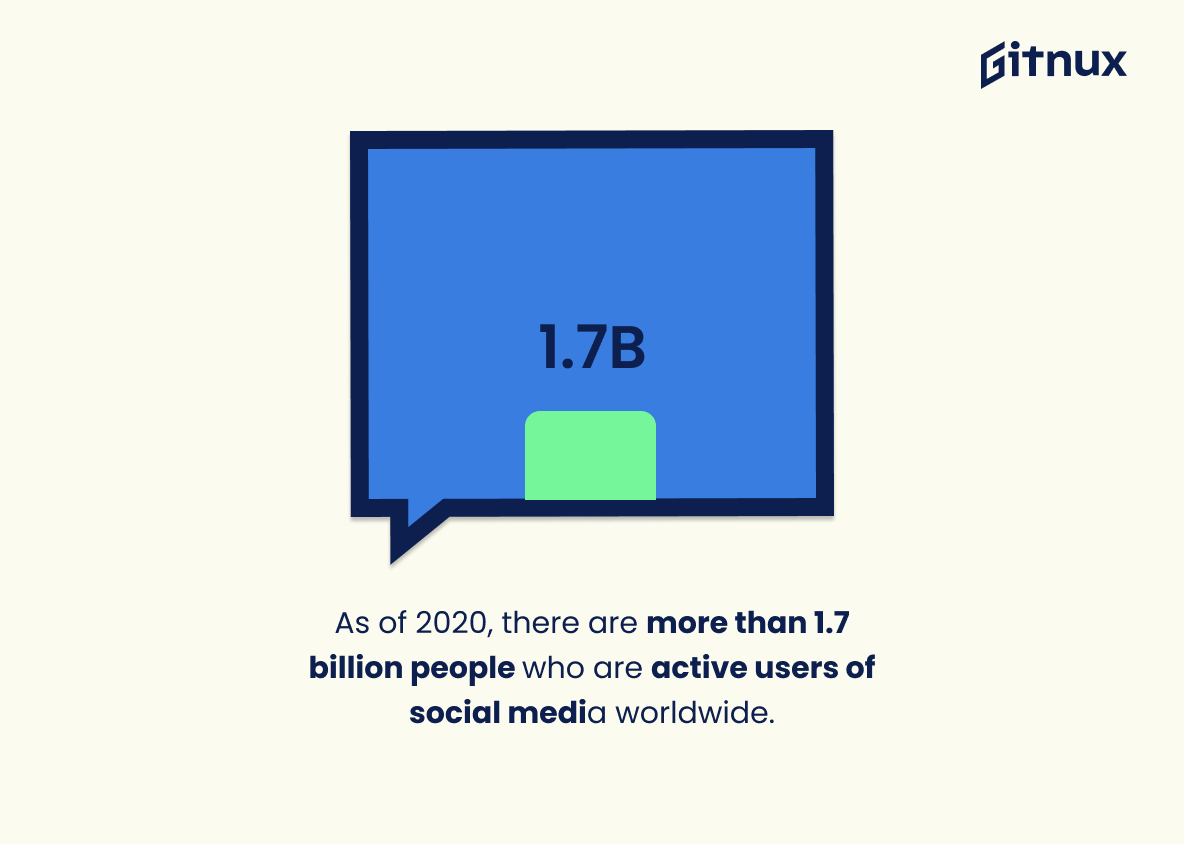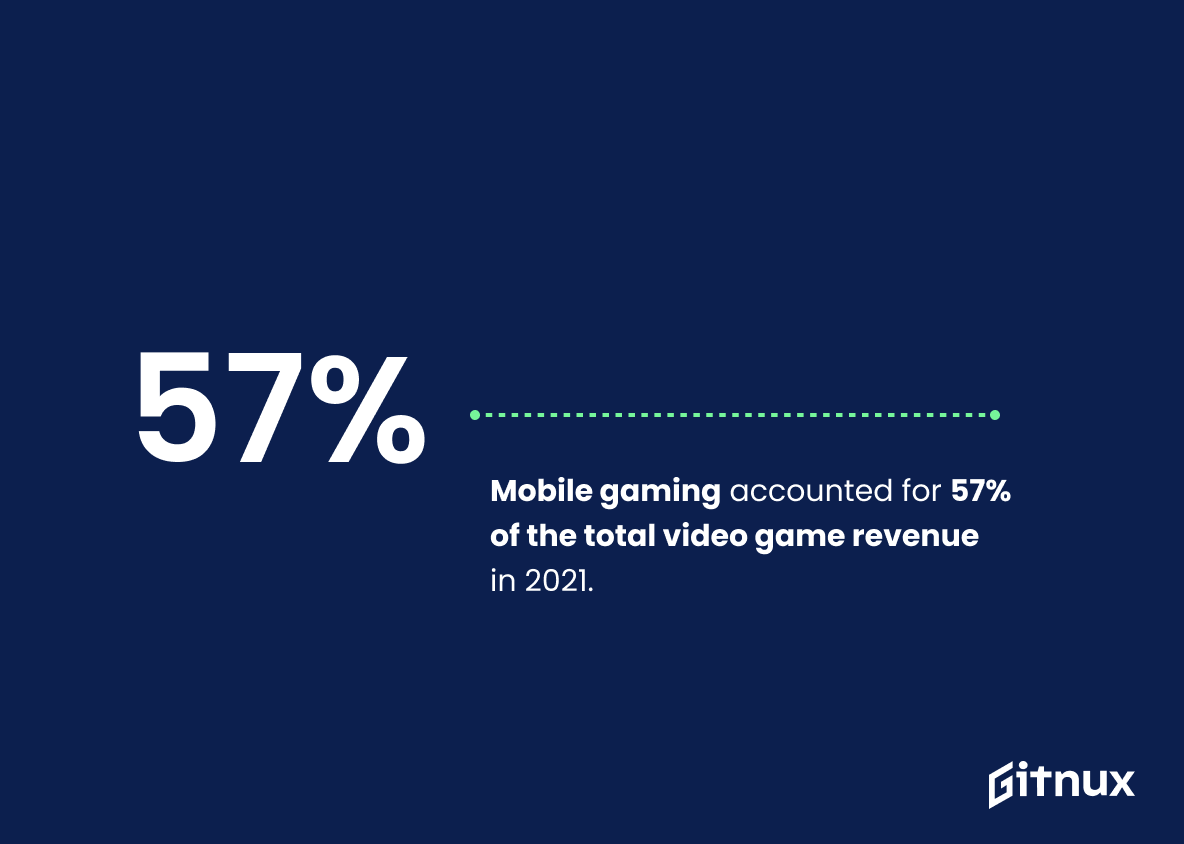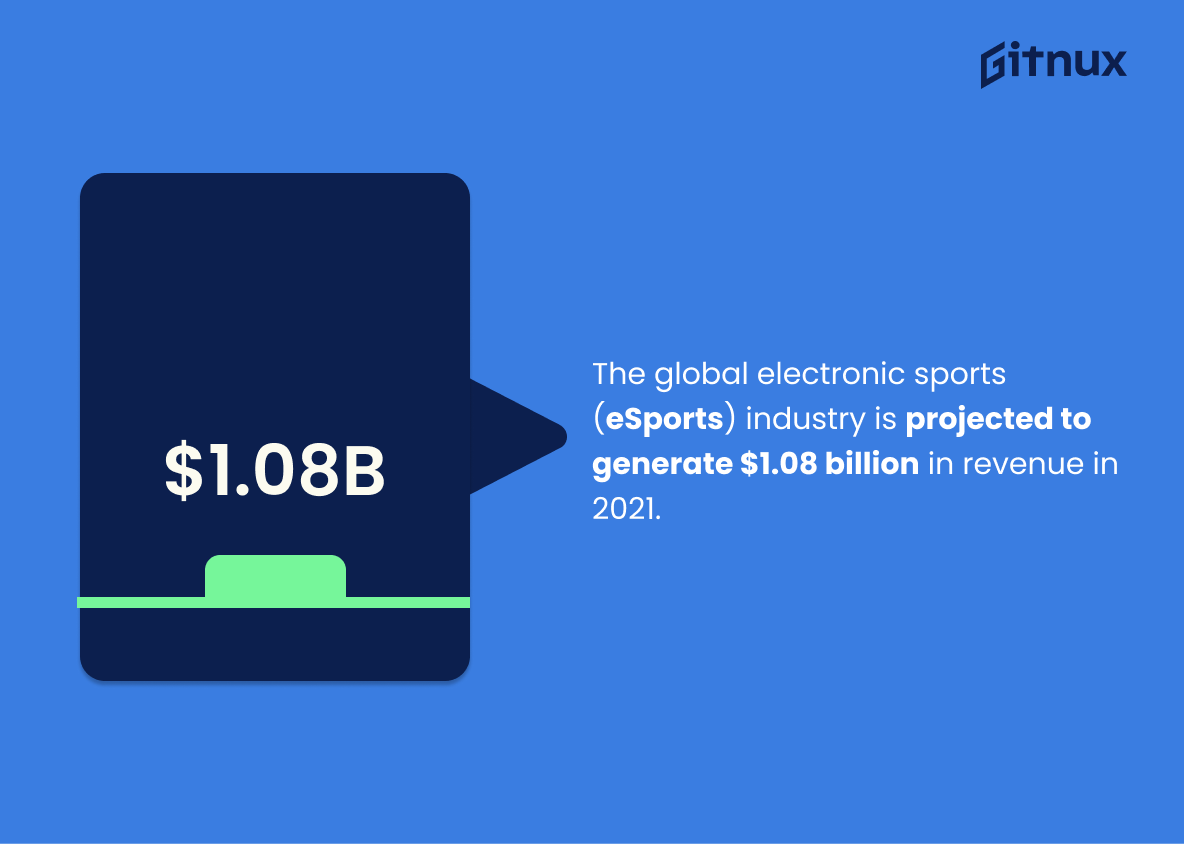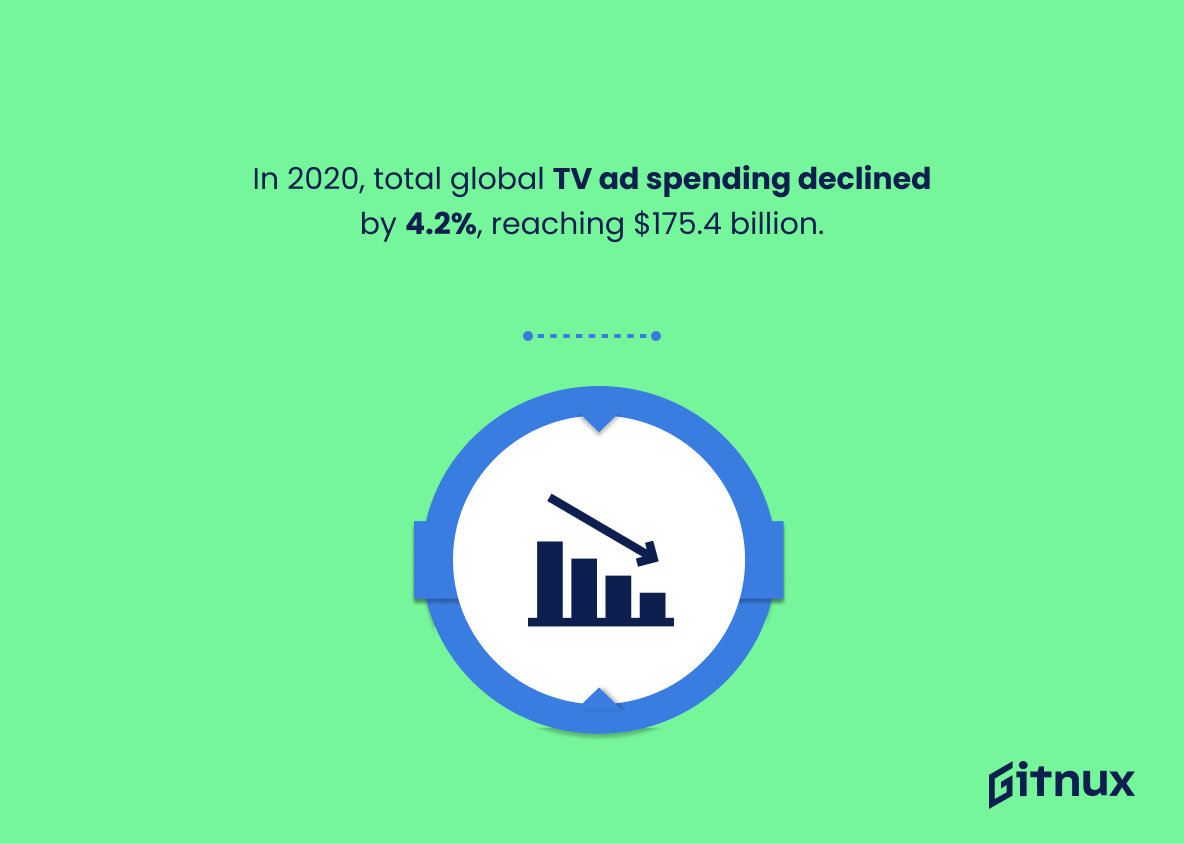The media and entertainment industry is a rapidly growing sector that has seen tremendous growth in recent years. According to statistics, the global media and entertainment industry revenue reached $2.2 trillion in 2020, with digital media segment having a 13 percent revenue growth rate for 2021. Additionally, by the end of 2021 it is expected that 58.7% of global ad spending will be on digital channels alone. North America leads this market’s projected growth with an estimated total revenue of $891.9 billion by 2025 while video games are estimated to reach $138.4 billion during the same year as well as 436 million people paying for some form of digital video streaming subscription globally in 2020 itself.
Furthermore, animation and visual effects (VFX) markets are predicted to hit around 36$billion dollars by 2025; YouTube accounts for almost 40% worldwide video streaming consumption; music streaming services had revenues reaching 10$billion last year; online advertising spending accounted for 378$billion dollars also last year; film industries generated 44$billions in 2021 ; Netflix added 37 million new paid subscribers reaching 203 millions worldwide subscribers ; Virtual Reality (VR) & Augmented Reality (AR) markets should reach 67.$billions until 2025 ; podcasting market worth 1$.62 billions till then too ,with more than 1 .7 billions active users on social medias world wide , mobile gaming accounting 57 % from total game revenues & electronic sports generating over one billon dollar yearly since 2019 . Finally book publishing was valued at 77$.3 billions back in 2019 but its CAGR decreased -0%.45 % between 2020-2028 due to pandemic restrictions .
This statistic is a testament to the immense size and scope of the global media and entertainment industry. It highlights the sheer magnitude of the industry, and the potential for growth and innovation within it. It also serves as a reminder of the importance of the industry in our lives, and the impact it has on our culture and economy.
The digital media segment has a revenue growth rate of 13 percent in 2021.
This statistic is a testament to the power of digital media in the Media and Entertainment Industry. It shows that digital media is a rapidly growing sector, with a revenue growth rate of 13 percent in 2021. This indicates that digital media is a lucrative and viable option for businesses looking to expand their reach and increase their profits. It also highlights the importance of staying up-to-date with the latest trends and technologies in the industry, as digital media is quickly becoming the go-to platform for content consumption.
Media And Entertainment Industry Statistics Overview
By the end of 2021, 58.7% of global ad spending is expected to be on digital channels.
This statistic is a crucial indicator of the direction the Media and Entertainment Industry is heading in. It shows that digital channels are becoming increasingly important for advertising, and that companies need to be prepared to shift their strategies to accommodate this trend. This statistic is a clear sign that the industry is moving away from traditional advertising methods and towards digital ones, and it is essential for businesses to be aware of this shift in order to remain competitive.
North America will lead the media and entertainment industry growth with a projected revenue of $891.9 billion by 2025.
This statistic is a powerful indicator of the potential of the media and entertainment industry in North America. It shows that the industry is expected to experience significant growth in the coming years, with a projected revenue of nearly $900 billion by 2025. This is an exciting prospect for those interested in the industry, as it suggests that there are plenty of opportunities for success. Furthermore, this statistic serves as a reminder of the importance of staying up-to-date with the latest industry trends and developments in order to capitalize on the potential of the media and entertainment industry.
The global video games market is estimated to reach $138.4 billion in 2021.
This statistic is a testament to the immense potential of the media and entertainment industry. It shows that the video game market is growing rapidly and is expected to reach a staggering $138.4 billion in 2021. This is a clear indication that the industry is thriving and is a great opportunity for businesses to capitalize on.
In 2020, over 436 million people around the world paid for some form of digital video streaming subscription.
This statistic is a testament to the immense popularity of digital video streaming services, and how they have become an integral part of the media and entertainment industry. It highlights the fact that streaming services have become a major source of revenue for the industry, and that they are here to stay. It also shows that the industry is adapting to the changing needs of consumers, and is able to provide them with the content they want.
The global animation and visual effects (VFX) market is projected to reach $36.7 billion by 2025.
This statistic is a testament to the immense potential of the Media and Entertainment Industry. It highlights the fact that the Animation and Visual Effects (VFX) market is expected to experience tremendous growth in the coming years, indicating that the industry is ripe for investment and innovation. This is an exciting prospect for those looking to capitalize on the industry’s potential and make a lasting impact.
YouTube accounts for almost 40% of worldwide video streaming consumption.
This statistic is a testament to the immense power of YouTube in the media and entertainment industry. It highlights the platform’s ability to capture a large portion of the global video streaming market, demonstrating its influence and reach. This statistic is an important reminder of the importance of YouTube in the industry, and its potential to shape the future of media and entertainment.
In 2020, revenue from global music streaming services hit $10.1 billion.
This statistic is a testament to the immense growth of the media and entertainment industry, particularly in the realm of music streaming services. It highlights the increasing popularity of streaming services and the potential for further growth in the industry. It also serves as a reminder of the importance of the media and entertainment industry in the global economy, as it contributes significantly to the overall revenue generated.
Global online advertising spending accounted for $378.2 billion in 2020.
This statistic is a testament to the immense power of the Media and Entertainment Industry. It shows that the industry is thriving and that people are willing to invest in it. It also highlights the potential of online advertising as a viable source of revenue for businesses in the industry. This statistic is a clear indication that the Media and Entertainment Industry is a force to be reckoned with and is here to stay.
In 2021, the global film industry is estimated to generate around $44.4 billion in revenue.
This statistic is a testament to the immense potential of the global film industry. It highlights the immense economic impact of the industry, and how it has become a major source of revenue for many countries. This statistic is an important indicator of the health of the media and entertainment industry, and provides insight into the current trends and future prospects of the industry.
By 2025, Virtual Reality (VR) and Augmented Reality (AR) in the media and entertainment industry is expected to reach $67.6 billion.
This statistic is a testament to the immense potential of Virtual Reality (VR) and Augmented Reality (AR) in the media and entertainment industry. It shows that the industry is on the cusp of a major transformation, with the potential to generate a staggering $67.6 billion in revenue by 2025. This is an exciting prospect for anyone interested in the media and entertainment industry, and a great opportunity for businesses to capitalize on the growing trend.
The global podcasting market is projected to be worth $1.62 billion by 2025, with a growth rate of 27.5%.
This statistic is a testament to the potential of the podcasting industry, demonstrating that it is a rapidly growing sector of the media and entertainment industry. With a projected growth rate of 27.5%, podcasting is set to become a major player in the industry, and its potential for growth is immense. This statistic is a valuable insight into the future of the media and entertainment industry, and is an important factor to consider when discussing the industry’s future.
As of 2020, there are more than 1.7 billion people who are active users of social media worldwide.
This statistic is a testament to the immense reach of the media and entertainment industry. It highlights the sheer number of people who are actively engaging with the content produced by this industry, and the potential for further growth. It is a powerful reminder of the influence that media and entertainment can have on our lives, and the importance of staying informed about the latest industry trends.
Mobile gaming accounted for 57% of the total video game revenue in 2021.
This statistic is a testament to the power of mobile gaming in the Media and Entertainment Industry. It shows that mobile gaming has become a major source of revenue for the industry, accounting for more than half of the total video game revenue in 2021. This highlights the importance of mobile gaming in the industry and the potential for further growth in the future.
The global electronic sports (eSports) industry is projected to generate $1.08 billion in revenue in 2021.
This statistic is a testament to the immense growth of the eSports industry, and its potential to become a major player in the Media and Entertainment Industry. It highlights the increasing popularity of eSports, and the potential for it to become a major source of revenue for the industry. It also shows the potential for eSports to become a major source of entertainment for people around the world, and the potential for it to become a major part of the Media and Entertainment Industry.
In 2020, total global TV ad spending declined by 4.2%, reaching $175.4 billion.
This statistic is a telling indication of the impact of the pandemic on the Media and Entertainment Industry. It highlights the fact that the industry has been significantly affected by the economic downturn, with TV ad spending taking a hit of 4.2%. This serves as a reminder of the importance of staying informed about the latest industry trends and developments in order to stay competitive.
The global book market is estimated to reach $77.3 billion by 2025, with a CAGR of 1.5% from 2020.
This statistic is a testament to the enduring power of the written word, even in the age of digital media. It shows that books remain a popular form of entertainment, and that the market for them is expected to continue to grow in the coming years. This is an important point to consider when discussing the media and entertainment industry, as books are a major part of the industry and their continued success is essential for the industry’s overall success.
The global pay TV market revenue exceeded $217.5 billion in 2019 and is projected to decline at a CAGR of -0.45% from 2020 to 2028.
This statistic is a telling indication of the current state of the media and entertainment industry. It shows that while the industry is still a lucrative one, it is also facing a decline in revenue due to the changing landscape of media consumption. This is an important statistic to consider when discussing the future of the industry, as it provides insight into the potential challenges and opportunities that may arise in the coming years.
Conclusion
The media and entertainment industry is a rapidly growing sector, with global revenue reaching $2.2 trillion in 2020. The digital media segment has seen an impressive 13 percent growth rate this year, while 58.7% of global ad spending is expected to be on digital channels by the end of 2021. North America will lead the industry’s growth with projected revenues of $891.9 billion by 2025, followed closely by video games at $138.4 billion and streaming subscriptions at 436 million people worldwide paying for some form of subscription service in 2020 alone. Animation and visual effects (VFX) are also estimated to reach a market size worth over 36 billion dollars globally by 2025, as well as YouTube accounting for almost 40% of worldwide video streaming consumption that same year – which saw music streaming services generate 10$1billion in revenue from around the world too. Online advertising spending accounted for 378$2billion last year; film industries generated 44$4billion; Netflix added 37 million new paid subscribers bringing their total up to 203 million users; virtual reality (VR) & augmented reality (AR) markets were valued at 67$6billion combined; podcasting was predicted to hit 1 62$billionsby 2025 due its 27 5%growth rate since then ; social media had more than 1 7 billions active users all over the globe during 2020 ; mobile gaming made 57 %of total game revenue that same period ,while electronic sports(eSports )industry reached 108 millionsin terms offrevenue . Finally ,the book market exceeded 77 3 billionswitha CAGRof 1 5%,and pay TVmarket 217 5 billonsdeclinedat-0 45%.
Overall it can be said that despite certain declines such as those experienced within Pay TV Market or Global Ad Spending sectors respectively – overall Media And Entertainment Industry Statistics have been positive throughout recent years showing promising signs towards future development across multiple platforms
References
0. – https://www.prnewswire.com
1. – https://www.statista.com
2. – https://www.sandvine.com
3. – https://www.emarketer.com
4. – https://www.grandviewresearch.com
5. – https://www.datareportal.com
6. – https://www.reportsanddata.com
7. – https://www.technavio.com
8. – https://www.theinsightpartners.com

